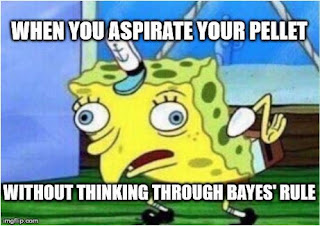Tips for meeting with a BE Communication Fellow
Your first meeting with the Comms Lab can be a bit confusing. You know you need help with your 20.109 homework, but you don’t know what they’ll be able to help you with. Before you even schedule the meeting, it helps to find out a bit more about the available fellows. In my case, I found a BE fellow who was a TA for 20.109 in the past. This meant I didn’t have to explain as much about the assignment (it was a Methods section), and that she had a rough sense of the requirements/expectations of the assignment. At the end of the meeting we also had some time left over, so it was easy for me to bring up other assignments that were due soon, and for her to critique what I had so far. The second tip is to make sure to give your Fellow an overview of the assignment. Sometimes they’ve taken or TA’d 20.109, but other times they may not have much experience with the class. It helps to send them a link to the assignment’s rubric or requirements when you set up the meeting through ...
